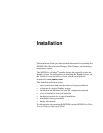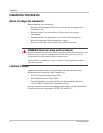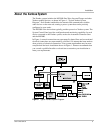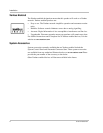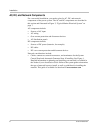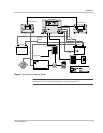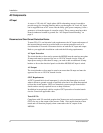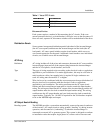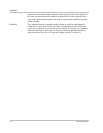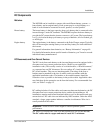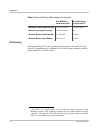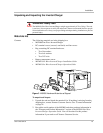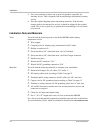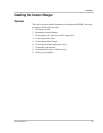
Installation
8 975-0126-02-01
AC Components
AC Input
A source of 120 volts AC single-phase, 60 Hz alternating current is needed to
provide energy for charging batteries and to pass through to AC loads. AC input
can be supplied from an AC source like the utility grid (power company), from a
generator, or from the output of a transfer switch. These sources must have their
neutral conductors bonded to ground. See “AC Output Neutral Bonding” on
page 9.
Disconnect and Over-Current Protection Device
To meet CSA, UL, and electrical code requirements, the AC inputs and outputs of
the inverter/charger must be provided with over-current protection such as a
circuit breaker or fuse and a disconnect device on both the AC input and output.
Refer to your applicable installation codes and the following requirements:
AC Input Protection
The circuit breaker or fuse used to protect the MS2000 must be rated no more than
30 amps and must be approved for use on 120 VAC branch circuits. If the AC
input power rating is more than 30 amps, you need to add an additional 30 amp
breaker or fuse at the electrical panel to which the MS2000 AC input is wired.
AC Output
The circuit breaker or fuse must be rated at no more than 30 amps and must be
approved for use on 120 VAC branch circuits.
GFCI Requirements
A GFCI (ground fault circuit interrupter) is a device that deenergizes a circuit
when a current to ground exceeds a specified value that is less than that required
to blow the circuit breaker. GFCIs are intended to protect people from electric
shocks and are usually required in wet or damp locations.
Installation in recreational vehicles requires GFCI protection of certain branch
circuits. Consult all applicable codes.
Tested GFCIs
Compliance with UL standards requires that Xantrex test and recommend specific
GFCIs for use on the output of the inverter. Table 1 lists models that have been
tested and will function properly when connected to the AC output of the
MS2000.




